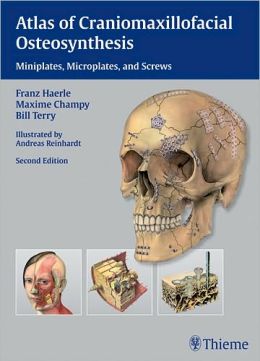-79%
Orthopedic Challenges in Obsessive-Compulsive Disorder Management
Obsessive-Compulsive Disorder (OCD) is a complex mental health condition that often manifests in repetitive behaviors and intrusive thoughts. Although primarily associated with psychological symptoms, OCD can also present with physical manifestations, including musculoskeletal impairments.
Surgical Interventions for OCD-Related Musculoskeletal Issues
When OCD significantly affects the musculoskeletal system, surgical interventions may be considered. The following techniques are commonly employed:
- Advancements in Synthetic Cartilage Technology: Surgical repair or replacement of damaged cartilage, particularly in weight-bearing joints like the ankle, can alleviate pain and improve mobility.
- Surgical Approaches: Minimally invasive techniques, such as arthroscopy, allow surgeons to access and repair affected joints with precision, reducing recovery time and scarring.
- Pediatric Care: OCD onset in children requires specialized care to address the unique challenges of growing bones and tissues. Surgeons skilled in pediatric orthopedics can provide age-appropriate interventions.
- Allografts: Transplants of donor tissue can replace or supplement damaged cartilage, providing a potential solution for severe cases.
- Other Surgical Revision Technology: Novel surgical techniques and devices are continually emerging to enhance the accuracy and effectiveness of OCD-related musculoskeletal surgeries.
Understanding the Biology of OCD
The etiology of OCD remains elusive, but research indicates a complex interplay of neurobiology, genetic factors, and environmental triggers. The following biological mechanisms are believed to be involved:
- Neurotransmitter Imbalances: Dysregulation of serotonin and other neurotransmitters in the brain can contribute to the obsessive-compulsive behaviors characteristic of OCD.
- Brain Abnormalities: Structural and functional anomalies in specific brain regions, such as the orbitofrontal cortex and striatum, have been associated with OCD symptoms.
- Genetic Susceptibility: Genetic factors appear to play a role in the development of OCD, with certain genes predisposing individuals to the condition.
- Environmental Influences: Early life experiences, trauma, and certain environmental stressors can trigger or exacerbate OCD symptoms.
Comprehensive Management of OCD
Effective management of OCD requires a multidisciplinary approach involving medical, psychological, and surgical interventions. Surgeons play a crucial role in addressing the musculoskeletal manifestations of OCD, collaborating with mental health professionals and other healthcare providers to ensure holistic patient care.










Reviews
Clear filtersThere are no reviews yet.